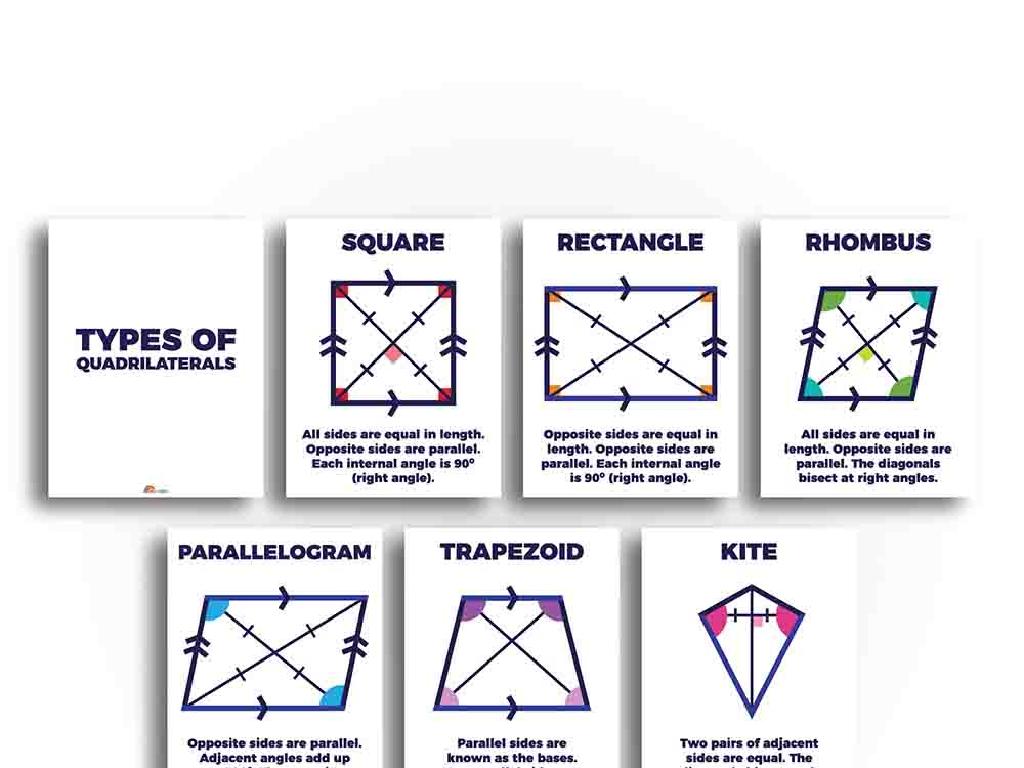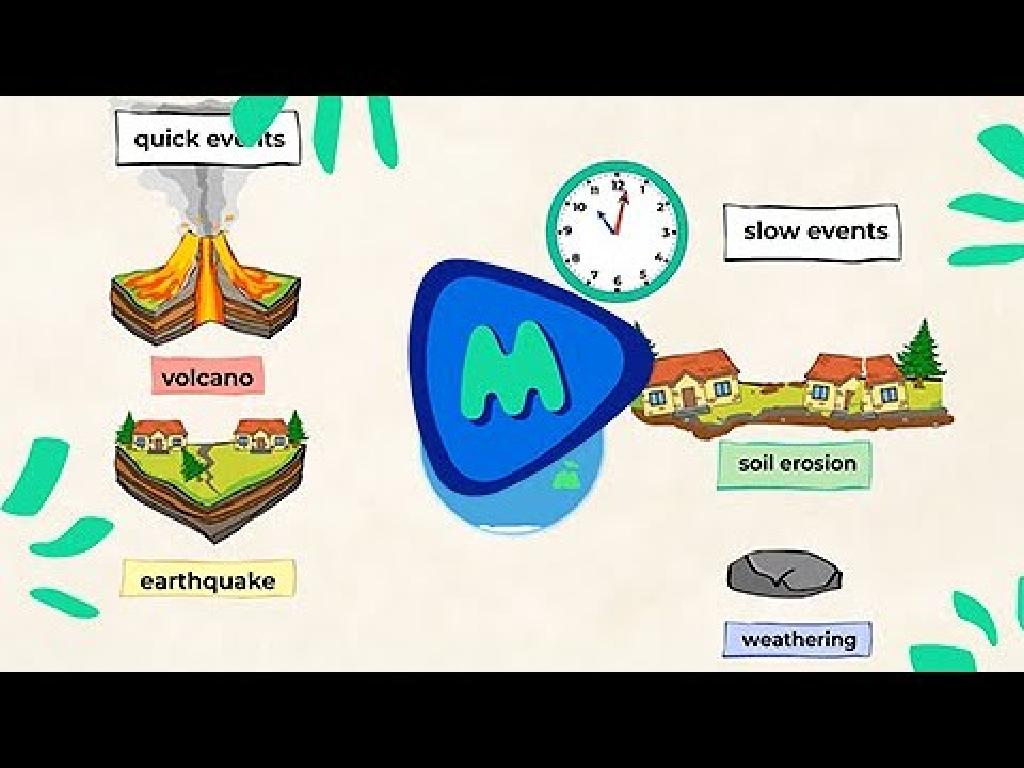Which Book Title Goes With The Picture?
Subject: Language arts
Grade: Second grade
Topic: Sequence
Please LOG IN to download the presentation. Access is available to registered users only.
View More Content
Today’s Adventure: Matching Titles with Pictures
– Learn about sequencing
– Match titles to pictures
– Look at the picture, guess the story, and choose the best title
– Discover order of events
– Events in a story happen in a specific order, like first, next, and last
– Understand sequence in stories
– Sequence helps us comprehend the story and predict what comes next
|
This slide introduces the concept of sequencing in storytelling to second-grade students. Begin by explaining that sequencing is the order in which events happen. Emphasize the importance of understanding sequence to follow the plot of a story. Engage the students by showing them pictures and asking them to guess the story and select an appropriate title from a given list. Explain that knowing the sequence helps us to understand the story better and anticipate what might happen next. Encourage students to think about their favorite stories and the sequence of events that occur in them. This will prepare them for an activity where they will match book titles to corresponding pictures based on their understanding of sequence.
Understanding Sequence in Stories
– Sequence: Order of events
– Making a sandwich steps
– First bread, then fillings, lastly top bread
– Stories have sequences too
– Beginning, middle, end of a story
– Why sequence matters
– Helps us understand the story better
|
This slide introduces the concept of sequence to second-grade students by relating it to the familiar task of making a sandwich. Explain that just as there are steps to follow in making a sandwich, stories are also told in a certain order, which is their sequence. Emphasize that understanding the sequence of events in a story helps us comprehend the plot and the actions of the characters. Use simple examples like a three-part story structure: beginning (introduction), middle (main events), and end (conclusion). Encourage students to think of their favorite stories and the order in which things happen in them.
Clues for Sequencing in Stories
– Look for sequence words
– Words like ‘first’, ‘next’, ‘then’, ‘last’ show order
– Pictures as sequence hints
– Story images can tell us what happens first, middle, and last
– Match titles with pictures
– Practice with a storybook
– Use a favorite storybook to find sequencing clues
|
This slide is aimed at helping second-grade students understand the concept of sequencing in stories. Teach them to identify keywords that indicate the order of events, such as ‘first’, ‘next’, ‘then’, and ‘last’. Explain how illustrations in a book can also provide context and clues about the sequence of events. Encourage students to look at the title of a book and the accompanying picture to predict what the story might be about and in what order events will unfold. As an activity, have students pick a well-known storybook and identify the sequence words and use the pictures to tell the story’s sequence. This will help them practice and reinforce their understanding of sequencing.
Matching Titles with Pictures
– Pictures narrate stories
– Guess titles from images
– Look at the characters and setting to infer the title
– Analyze the picture’s action
– What is happening in the picture? What might it mean?
– Connect to the book’s story
– Think about how the picture relates to a story you know
|
This slide is aimed at helping second-grade students understand how to use visual clues to infer the title of a book. Begin by explaining that pictures can tell a story just like words do. Encourage students to look closely at the details in the picture, such as the characters, setting, and actions taking place. Ask guiding questions to help them analyze the image and connect it to potential stories they are familiar with. This activity will enhance their critical thinking and comprehension skills. For the next class, consider bringing in several book covers and having students practice matching titles with the corresponding pictures.
Let’s Practice: Matching Pictures to Book Titles
– Observe the picture carefully
– Guess the book’s title
– Consider the picture’s story
– What is happening in this picture?
– Think about the picture’s meaning
– What could the picture represent?
|
This slide is for a class activity designed to help students practice using visual clues to infer the title of a book. Display a picture related to a book they are familiar with. Encourage them to look at the details in the picture and think about the story it tells. Ask them to guess the title of the book based on what they see and what they think is happening in the picture. This activity helps develop critical thinking and comprehension skills. For the teacher: Prepare several pictures from different books, ensure they are clear and have identifiable elements. Have a discussion after each guess to understand the students’ thought process. This will also be a good opportunity to introduce the concept of ‘judging a book by its cover’ and how sometimes titles can be misleading or require deeper thought to understand their connection to the content.
Matching Pictures to Book Titles
– Observe the caterpillar picture
– Discuss what the caterpillar is doing
– Is it eating, sleeping, or playing?
– Guess the book’s title from the picture
– Use the picture clues to think of a title
– Explain your title choice
– Share why you think the title fits the picture
|
This slide is aimed at developing the students’ ability to use visual clues to infer the title of a book. Show them an illustration of ‘The Hungry Caterpillar’ engaged in an activity. Ask the students to observe closely and discuss what the caterpillar is doing in the picture. Encourage them to use their imagination and the context of the picture to guess the title of the book. Once they make their guesses, prompt them to explain why they think their chosen title fits the picture. This exercise helps enhance critical thinking and comprehension skills. For the activity, students can draw their own picture of a scene and let their classmates guess the book title, fostering creativity and interaction.
Group Activity: Title Match Game
– Match pictures to book titles
– Discuss title-picture connections
– Why does this title fit this picture?
– Explain your choices to the group
– Share your reasoning with your friends
– Group consensus on matches
– Everyone must agree on the final match
|
This activity is designed to encourage collaboration and critical thinking among students as they work in groups to match book titles with corresponding pictures. Provide a variety of pictures and book titles on each table. Encourage students to discuss their thought process as they make connections between the titles and the pictures. They should consider the elements of the picture, such as characters, setting, and actions, and how these relate to the potential book title. After discussion, each group should come to a consensus on the matches and be prepared to explain their choices. This activity will help students practice reasoning and support their opinions with evidence. Possible variations of the activity could include matching character names to pictures, sequencing story events, or creating their own book titles for given pictures.
Class Activity: Create Your Story Sequence
– Draw a story through pictures
– Each picture is a part of your story
– Make sure your pictures are in the right order to tell the story
– Think of a creative story title
– Your title should hint at the story’s sequence
– Share your story with the class
|
In this activity, students will use their creativity to draw a sequence of pictures that narrate a story. This will help them understand the concept of sequence in storytelling. Encourage them to think about the beginning, middle, and end of their story as they draw. Once they have their sequence of pictures, they should come up with a title that captures the essence of their story. Possible activities: 1) Students can trade their drawings and guess each other’s story titles. 2) Create a gallery walk where students display their work and explain their sequence. 3) Have students write captions for each picture. 4) Pair students up to create a story together. 5) Allow students to present their story to the class, explaining the sequence and why they chose their title.
Wrapping Up: The Power of Sequence
– Congratulations on mastering sequence!
– Sequence makes the story clear
– Like first, next, then, finally in stories
– It helps us predict what comes next
– What might happen after the picture?
– Keep practicing with more stories
|
As we conclude today’s lesson on sequence, reinforce the importance of understanding the order of events in a story. Emphasize how sequence aids comprehension and allows us to anticipate future events in the narrative. Encourage the students to continue practicing this skill by looking at pictures and imagining the sequence of events in their favorite books or even their day-to-day activities. Remind them that being able to identify the sequence is a valuable tool for enjoying and understanding stories more deeply. For the next class, consider assigning a simple story for them to practice arranging events in the correct order or to match book titles with appropriate pictures based on their understanding of the sequence.
Homework: Picture and Title Match-Up
– Find a book and draw the story’s sequence
– Match titles with your drawings
– Think about how the story unfolds
– How does the beginning lead to the middle and end?
– Write down your matching titles
|
This homework assignment encourages students to understand the concept of sequencing in stories by having them draw the sequence of events from a book they have at home. They should then practice their critical thinking skills by writing down what they believe could be the title for each picture they’ve drawn, based on the sequence of events. This activity will help them to make connections between the story’s progression and its possible titles. In the next class, students can share their drawings and discuss how they decided on the titles, allowing for a discussion on how different parts of a story are connected.






